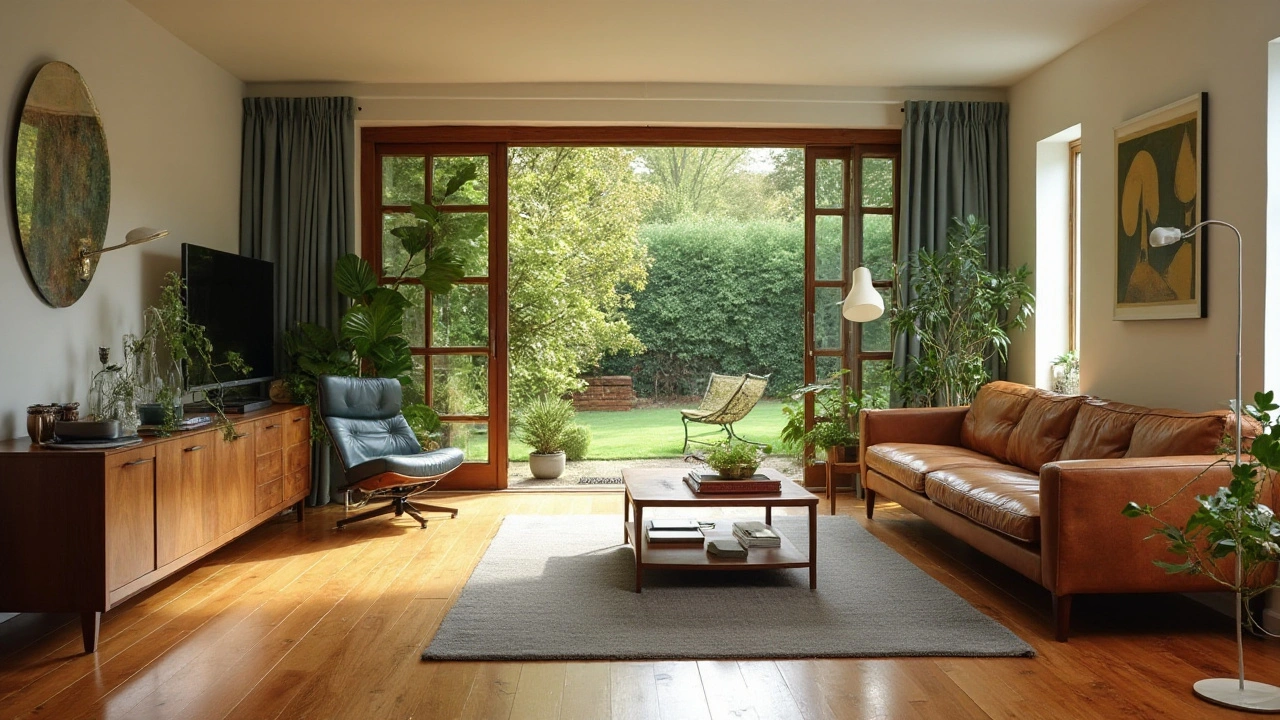Decor ideas inspired by architecture: small changes, big impact
Want decor ideas that actually change how a room feels? Use architectural styles as your cheat sheet. You don’t need a full renovation to borrow a mood from Gothic arches, Art Nouveau curves, or Colonial symmetry. A few smart moves—lighting, texture, a focal piece—can tilt the whole space toward a clear look.
Start by picking one strong element from a style you like. Love Greek Revival? Go for bold columns, white trim, and strong symmetry in furniture placement. Into Art Nouveau? Pick soft, organic shapes in a lamp or mirror and repeat that curve in textiles or a rug. The trick: one dominant idea plus two supporting touches keeps the room intentional, not cluttered.
Quick style swaps that actually work
Swap a single item to shift a room’s style fast. Change the light fixture to introduce a whole vibe—ornate brass for Rococo warmth, a rounded stained-glass pendant for Byzantine or Art Nouveau flair, or a slim black metal pendant for modern minimalism. Replace cabinet hardware and switch plates to match your chosen look; small metal details read as high-impact when repeated across a room.
Textiles are another fast win. Add a woven throw or a patterned cushion that echoes the era: geometric patterns for Bauhaus or Craftsman, floral curves for Rococo and Art Nouveau, and heavy tapestries or velvet for Beaux-Arts drama. Rugs ground the layout and can carry color and pattern so the rest of the room stays simple.
Practical tips to make ideas stick
Think in layers: base (walls, floors), middle (furniture), and top (accessories). Keep the base neutral if you want flexibility. Then place one bold piece in the middle layer—a statement chair, a patterned sofa, or a carved console—and finish with smaller matching accessories. This keeps the room balanced and avoids overdoing the theme.
Use scale and proportion honestly. Gothic or Baroque-inspired rooms need a few big, dramatic pieces; tiny accessories won’t read as intentional. Conversely, minimalist or Craftsman touches work best with clean lines and fewer, well-chosen items. Mix textures—wood, metal, stone, textiles—to make the look feel real and lived-in.
On a budget? Upcycle or paint. A fresh coat on trim, spray-painted hardware, or reupholstering a chair can shift style for much less than new furniture. Add plants for warmth and better acoustics; they pair with almost any architectural influence. Want more help choosing elements for a specific style? Scan for examples you like online and copy the color, scale, and one standout shape.
Pick one style element today, try one swap this week, and you’ll see how small decor ideas add up to a space that finally feels like you.

Timeless Allure of Mid-Century Modern Interiors
Mid-century modern design stands the test of time with its balance of function and style. Emerging during the mid-20th century, this design movement is characterized by simple forms, organic influences, and integration with nature. It places a strong emphasis on functionality, using wood, metal, and glass to create sleek lines and uncluttered spaces. Mid-century modern continues to charm homeowners and designers alike, providing practical yet stylish solutions for contemporary living spaces.
Read more